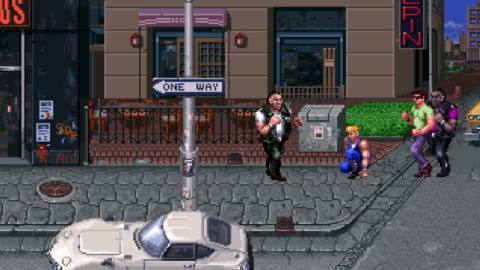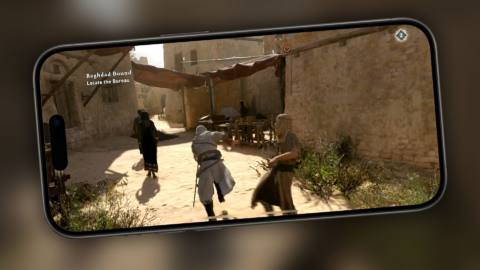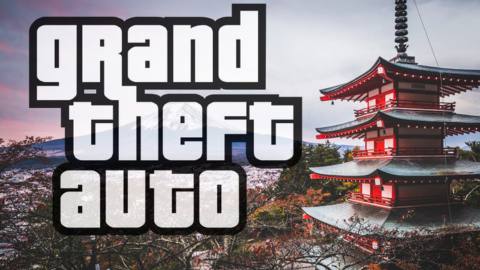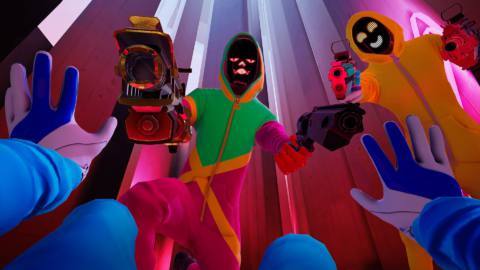
Close your eyes and imagine a game trailer and tell me how it begins. Something happens at the very beginning before anything else – before you see anything of the game. There’s a logo and a voice, and it’s deep and posh and English. The words it says are iconic. “PEGI 18,” you hear. Or maybe “PEGI 16” or “PEGI 12”. It’s such a well known phrase that when a man called Richard Wells popped up on TikTok to claim he was the one who said them – and then proved it by saying them – more than 20 million people watched. They left comments saying it gave them goosebumps and that those words represented their childhood, which is a bit worrying given the “18” part. But the overwhelming response proved without a shadow of a doubt that for millions of people, PEGI age ratings are ingrained in our collective gaming mind.
PEGI stands for the Pan-European Game Information age-rating system, and it’s been the way we rate games in the UK and across most of Europe for more than a decade. The PEGI age-ratings have actually been around for longer – for 21 years – but it wasn’t until 2012 they became the sole age-rating system for games in the UK. The BBFC – the British Board of Film Classification – rated games before that. We’re very familiar with PEGI age-ratings as numbers on a box, then, and as a voice in our ears. But how much do we actually know about who’s running it – the people there? In all of the years I’ve done this job, I’ve never met anyone from PEGI, I realise. To me, it’s a faceless organisation, and a serious one – the health and safety department of the games industry.
That’s why I’m caught off guard when two people approach me in a hotel lobby and would you believe it, they look completely normal. They’re not wearing suits or fluorescent hi-vis vests but are instead casually dressed in red and black hoodies. “Bertie?” they ask, with an expectant smile. I’d arranged to meet PEGI people here but I’ve been standing here for 10 minutes, staring, with no idea it was them.






